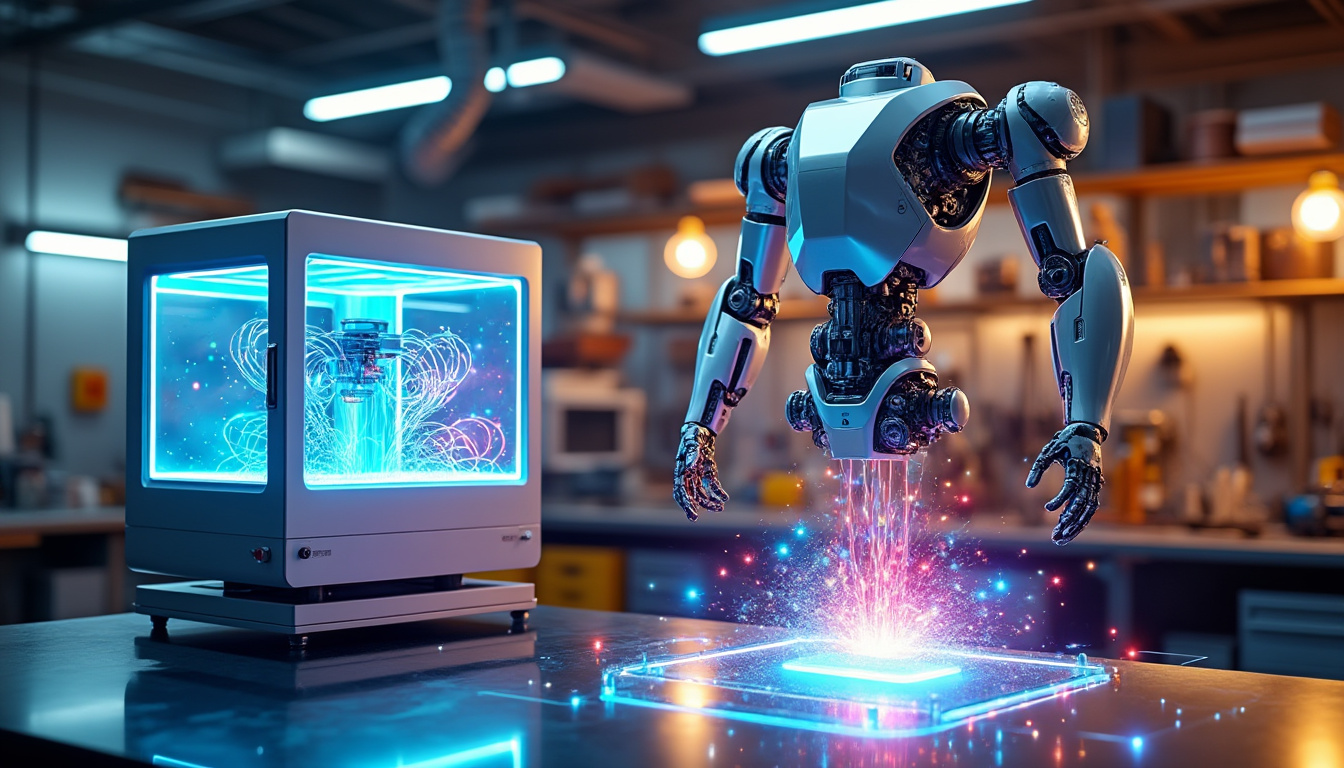In a world where the digitalization of industry continues to grow, digital twins are emerging as a key element of optimization and innovation. Specifically in the field of machine tools, the need for an accurate virtual representation becomes crucial to meet the requirements of both operators and manufacturers. This article highlights the nuances between these different approaches, while exploring the impact of this technology on productivity and maintenance.
The concept of digital twin in machine tools
THE digital twin is defined as a virtual replica of a physical system or product. In the machine tool industry, this representation is essential to simulate, analyze and optimize performance. In 2025, precise understanding of specifications makes it possible to adapt virtual reality to operational realities. Companies such as Siemens, Schneider Electric, And Bosch leverage this technology to maximize their efficiency.
Digital twins in machine tools can be subdivided into several categories:
- Digital Twins for Manufacturers: Provide a complete picture of equipment, including technical specifications, in-situ performance, and facilitate predictive maintenance.
- Digital twins for operators: Focused on human interaction with the machine, these models are suitable for analyzing user performance and optimizing production processes.
- Digital twins for testing purposes: Used to perform virtual tests on new equipment, they allow performance to be simulated before actual implementation.
By 2025, digital twins are expected to not only facilitate continuous production but also provide valuable insights into maintenance. Thanks to advanced algorithms and machine learning systems, they continually improve based on real-world data collected by IoT sensors.
The Benefits of Digital Twins in Production
Digital twins bring a multitude of benefits to the machine tool industry. Key among these are:
- Production optimization: By monitoring performance in real time, companies can quickly adjust their operations to maximize efficiency.
- Cost reduction: Through effective preventative maintenance, costs related to unplanned breakdowns are significantly reduced.
- Quality improvement: Simulations make it possible to identify and correct manufacturing defects before the product reaches the customer.
A concrete example is FANUC, which has integrated digital twins to monitor the condition of its machine tools. This enabled the company to reduce unplanned downtime by 30%, thereby improving productivity. Data Collection and Advanced Analytics in Digital TwinsCreating an effective digital twin relies on comprehensive data collection. IoT sensors are used to gather critical information about machine performance. In 2025, the data collection phases can be broken down as follows:
Phase
Description
| Technologies Used | 1. Collection | Recording operational parameter data in real time |
|---|---|---|
| IoT sensors, SCADA platforms | 2. Processing | Data analysis to generate actionable insights |
| Machine learning, Big Data Analytics | 3. Simulation | Creation of virtual models to evaluate different scenarios |
| Simulation software (e.g., | Autodesk | , PTC) The importance of advanced analytics cannot be underestimated. Integrating data solutions not only allows for the analysis of past behavior, but also the prediction of future performance. Companies such asDassault Systèmes |
and Rockwell Automation now offer software capable of creating realistic projections, contributing to informed decision-making. Impact on Predictive Maintenance Predictive maintenance is one area where digital twins are having a major impact. Through in-depth analysis of collected data, it is possible to assess the condition of equipment and plan interventions before failure occurs. This significantly reduces the costs associated with emergency repairs and extends machine lifespan.
An interesting case study is that of
Hexagon
, which implemented predictive maintenance solutions based on digital twins. As a result, they were able to extend the lifespan of their machine tools by 20% and reduce maintenance costs by 35%. Challenges of Implementing Digital TwinsDespite the clear benefits offered by digital twins, their implementation can be accompanied by certain challenges. In 2025, several obstacles remain:
Integration of Existing Systems:
Compatibility between new technologies and existing systems is a major challenge for companies.
- Upfront Costs: While the long-term savings are significant, the initial implementation cost can be a deterrent for some companies.
- Staff Qualifications: The need for specialized skills to manage these technologies can also be a barrier.
- Faced with these challenges, an effective strategy would be to train internal staff while ensuring that the chosen solutions, such as those offered by Siemens Digital Industries or Schneider Electric, integrate easily into the existing environment. Examples of best practices for overcoming challenges
To overcome these challenges, several approaches can be adopted: Experimental phase: Start with a small-scale implementation before expanding the solution to all machines. Partnerships with experts:Collaborating with vendors such as Bosch or Dassault Systèmes can facilitate the integration and implementation of digital twins.
Investment in training:
Ensure continuous upskilling of employees in digital technologies.
- These initiatives not only reduce barriers but also improve companies’ ability to take advantage of the innovations offered by digital twins. Towards a Digital Future with Digital Twins As we approach 2025, the potential for digital twins to evolve in the machine tool industry is immense. These technologies enable us to think beyond simple virtual replicas. Companies must envision integrated digital ecosystems that connect machines, data, and humans. Large companies such as Rockwell Automation, FANUC, and Siemens are already positioning themselves as leaders, investing in innovative solutions that are redefining the industrial landscape.
- Digital twins now represent a unique opportunity for companies to maximize their operational efficiency while reducing production times and costs. However, it is essential to approach digital transformation with a clear vision, an appropriate strategy, and the sincere commitment of all stakeholders. Preparing for the future through innovation In summary, the future of digital twins in the machine tool industry will depend on several key factors: Continuous innovation: Innovation must be a core focus for every company, encouraging the continued development of digital twins. Multi-criteria analysis:
- Decision-making based on accurate analytical data will be essential for optimizing production. Inter-company collaboration:
Sharing best practices and mutual learning between companies will be essential.
Companies must commit to transforming their processes by integrating digital twins, while creating a collaborative environment that fosters growth and sustainable development in an era of increased digitalization.




